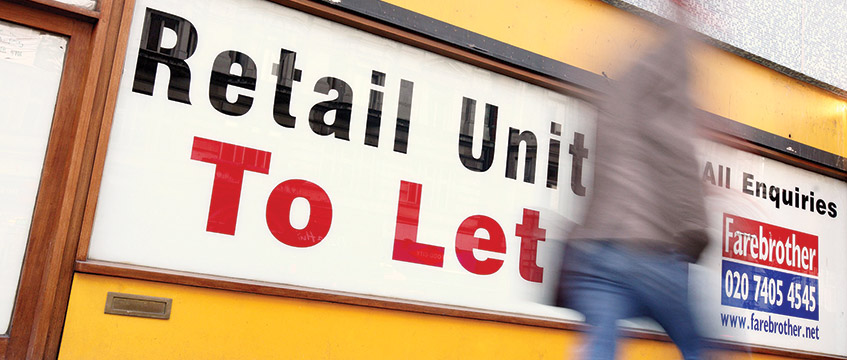Shops owned by overseas investors are more than twice as likely to be vacant as shops owned by the public sector, according to new research from EG and Power to Change.
The findings suggest that consequently, greater community ownership of retail properties could reduce the amount of empty shops on the high street.
EG’s data for the report, which covers the 22 busiest high streets in the UK, found that property companies owned a quarter of all empty shops, while overseas investors had 21.2%.
On the other hand, the public sector owned 9.6%, while traditional estates, churches and charities held 11.5%.
Just 6.8% of units owned by the social sector sat empty, and 4.5% of those held by the public sector. This compares with 9.2% for real estate companies, 9.6% for overseas investors, 11.9% for institutions like pension funds, and 13% for investment management schemes.
The business support charity’s report, called Take Back the High Street, also set out a series of recommended measures that it urged the government to pursue. These included:
- A powerful new Community Right to Buy, so that communities themselves can more easily purchase neglected high street units, and force any asset sales where necessary;
- £250m to support community buyouts of strategically important high street properties over the next five years, taken from the new Towns Fund recently announced by the government, and including £10m to build the capacity of community organisations. This would mean at least 800 commercial properties moving into community ownership; and
- Increased support for neighbourhood plans aimed at revitalising high streets, as well as greater community influence in the governance of Business Improvement Districts and a new requirement to show community involvement when submitting applications to high street funds.
Vidhya Alakeson, chief executive of Power to Change, said: “High streets can be vital sources of meaning which allow people to identify with the places where they live. But to make this a reality, we have to put our trust in communities to shape their own town centres.
“The evidence shows that greater community ownership of high street properties would lower the number of empty shops and be a major boost to the economy. But to take on this role, communities need support.”
James Child, head of retail and industrial research at EG, said: “Traditional REITs and overseas investors are clearly struggling to re-fill empty high street stores, whether that be through inactivity, malaise or inability to attract new tenants to their assets.
“On the other hand local authorities, the social sector and individuals have some of the lowest vacancy rates. This suggests that these groups are more active in terms of securing new tenants.
“The disparate ownership of the high street goes some way towards explaining why so many of the country’s town centres are suffering. Disjointed ownership makes it difficult to create streamlined and accountable town centre plans, with the patchwork of proprietorship enabling landlords to focus their concerns on return on their individual investments rather than the wider community landscape.”
For more research into who owns the high street and to listen to EG’s podcast, click here.
To send feedback, e-mail pui-guan.man@egi.co.uk or tweet @PuiGuanM or @estatesgazette











